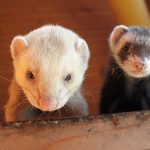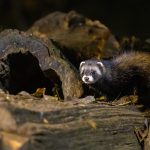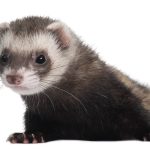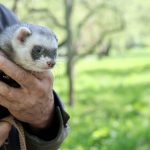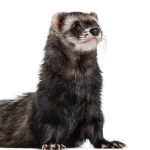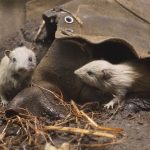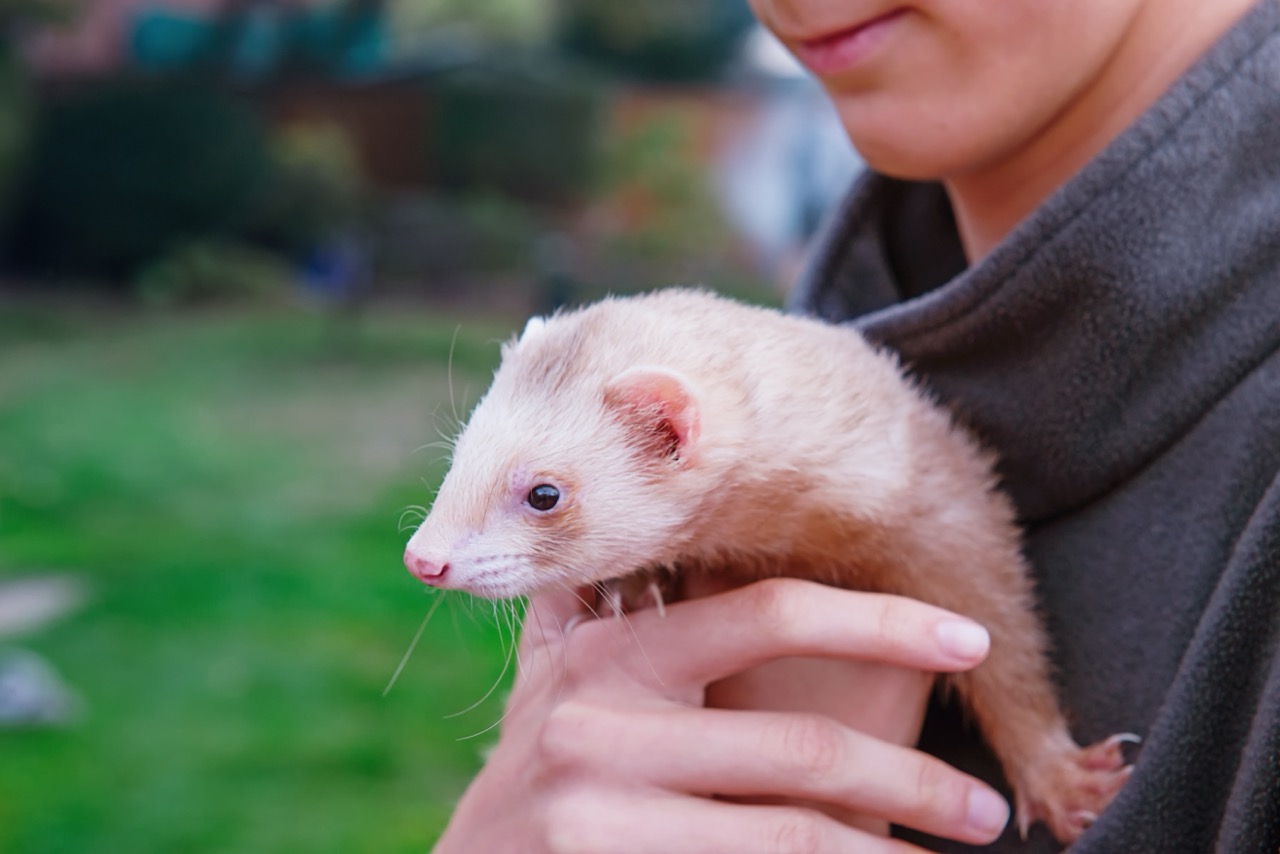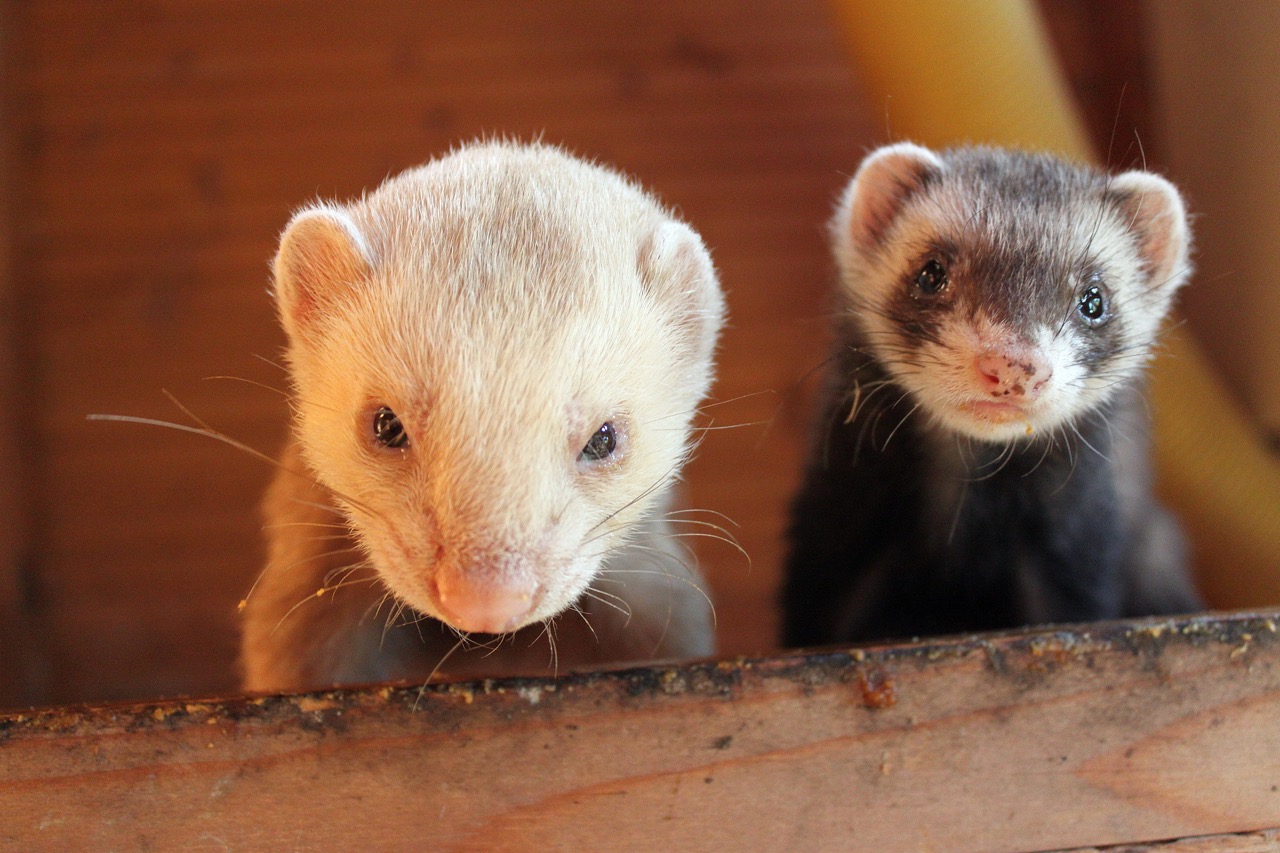The ferret, a domesticated subspecies of the European polecat (Mustela putorius), has captivated pet owners and animal enthusiasts alike for centuries. While many people appreciate ferrets for their playful demeanor and engaging personalities, their physical traits have evolved significantly over time. This article delves into the genetic origins of ferrets, the key adaptations that have shaped their physical characteristics, the impact of domestication, and the contemporary trends in ferret breeding that continue to influence their appearance.
The Genetic Origins of Ferrets and Their Ancestral Traits
The ferret’s lineage can be traced back to the European polecat, which inhabited vast regions of Europe, Asia, and North Africa. Molecular studies have revealed that ferrets share a common ancestry with several other members of the Mustelidae family, including weasels, otters, and minks. This genetic heritage has endowed ferrets with traits that are crucial for survival, such as agility, keen senses, and a carnivorous diet. Their slender bodies, sharp claws, and powerful teeth are all adaptations that emerged from their wild ancestors, designed for hunting and navigating through their natural environments.
In their ancestral form, ferrets were characterized by a dark coat, typically a mixture of brown and black, which served as effective camouflage in the wild. This coloration allowed them to remain inconspicuous while hunting small prey. The polecat’s physical traits also included robust musculature and elongated bodies, features that contributed to their speed and dexterity when pursuing small animals. As ferrets were domesticated, some of these ancestral traits remained, although selective breeding began to influence their physical appearance significantly.
Furthermore, the genetic diversity within the ferret population has led to various morphological traits that can still be observed today. The difference in coat color, patterns, and size among modern ferrets can be traced back to their wild ancestors. Understanding the genetic origins of ferrets provides insight into not only their physical characteristics but also their behavior and instincts, which remain closely aligned with those of their wild relatives.
Key Physical Adaptations in Ferret Evolution Over Time
Throughout their evolution, ferrets have developed several key physical adaptations that enhance their survival and functionality. One of the most significant adaptations is their elongated body shape, which allows them to navigate burrows and tight spaces with ease. This trait is particularly advantageous when hunting small prey or evading potential predators. Their flexible spine and ability to twist and turn also contribute to their agility, making ferrets effective hunters.
Another important adaptation is their keen sense of smell, which is critical for locating food. Ferrets possess a highly developed olfactory system that allows them to detect scents in their environment. This adaptation is particularly useful for foraging, as ferrets often rely on their sense of smell to find hidden prey. Additionally, their sharp eyesight aids them in low-light conditions, allowing them to be active during dawn and dusk, which is when many small animals are also active.
Lastly, ferrets exhibit physical traits that support their social behavior. The presence of strong, agile limbs enables them to engage in playful interactions with each other, which is essential for developing social bonds. Their expressive faces and varied vocalizations facilitate communication among ferrets, further enhancing their social dynamics. These adaptations not only reflect their evolutionary history but also play a significant role in their behavior and interaction with their environment.
Influence of Domestication on Ferret Physiology and Appearance
Domestication has significantly altered the physiology and physical appearance of ferrets compared to their wild ancestors. During the domestication process, selective breeding has led to the emergence of various coat colors and patterns, such as albino, sable, and cinnamon. These traits have been favored for aesthetic reasons, reflecting human preferences rather than survival needs. The diversity in coat colors among domesticated ferrets is a testament to the human influence on their breeding and selection.
Additionally, domesticated ferrets have undergone physiological changes that differentiate them from their wild counterparts. For instance, the domestication process has led to a more docile temperament, which can be attributed to a decrease in certain stress-related hormones. This change has not only made ferrets more suitable as pets but has also influenced their physical characteristics, such as reduced aggression and enhanced social behavior. As a result, domesticated ferrets exhibit a greater array of playful behaviors, further endearing them to their human companions.
The effects of domestication on ferret physiology extend to their health and lifespan as well. While wild ferrets face numerous environmental challenges, domestic ferrets typically live longer due to better nutrition, veterinary care, and a controlled environment. However, selective breeding practices have also led to certain genetic predispositions to health issues, such as adrenal disease. Understanding these influences is crucial for ferret owners to ensure the well-being and longevity of their pets.
Current Trends in Ferret Breeding and Physical Characteristics
In recent years, ferret breeding has seen an increase in popularity, leading to the emergence of specific trends that prioritize unique physical characteristics. Breeders now focus on producing ferrets with distinct coloration, patterns, and even size variations. For example, “miniature” ferrets have gained popularity, attracting owners interested in smaller, more compact pets. This trend reflects a broader societal preference for unique pet appearances that stand out in a crowded marketplace.
Moreover, many breeders are increasingly emphasizing the importance of health and temperament in their breeding programs. There is a growing awareness among ferret enthusiasts about the genetic health of ferrets and the potential pitfalls of inbreeding. Responsible breeders are now prioritizing genetic diversity, focusing on traits that enhance both physical appearance and overall well-being. This shift in focus not only improves the quality of life for ferrets but also contributes to the long-term sustainability of the breed.
Additionally, there is a notable trend toward hybridization and crossbreeding, resulting in ferrets with specific traits aimed at enhancing their suitability as companion animals. Breeders and pet owners are drawn to hybrids that may exhibit unique physical appearances while potentially offering desirable behavioral traits. However, this trend raises concerns about the potential risks associated with hybridization, underscoring the necessity for continued education and responsible breeding practices in the ferret community.
The evolution of the ferret’s physical traits is a fascinating journey that highlights the intricate relationship between genetics, environment, and human influence. From their wild ancestors to the diverse array of appearances seen in modern domesticated ferrets, each aspect of their physical evolution tells a story. As trends in breeding continue to evolve, understanding the implications of these changes is essential for ensuring the health and happiness of these charming companions. Embracing responsible breeding practices will not only preserve the unique characteristics of ferrets but also contribute to their well-being for generations to come.
